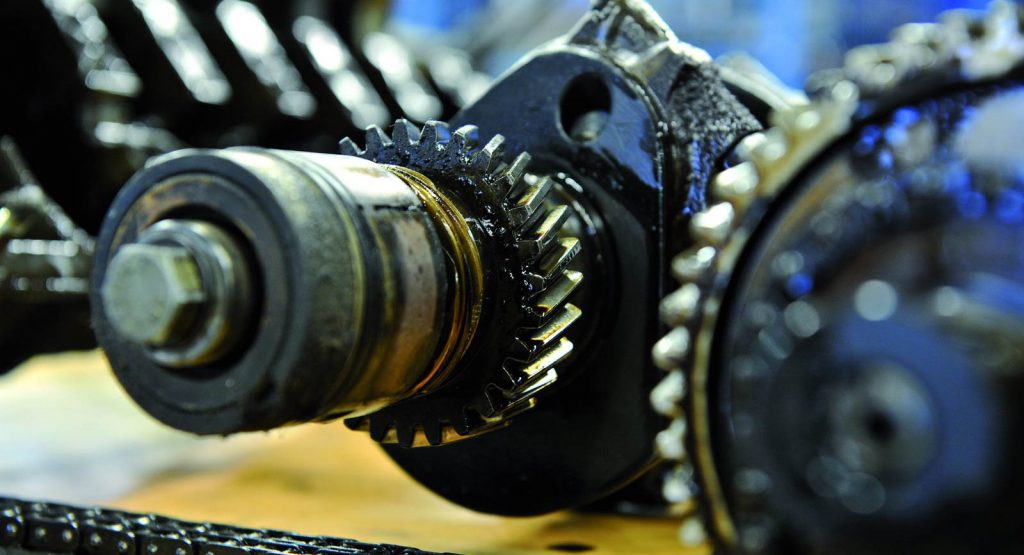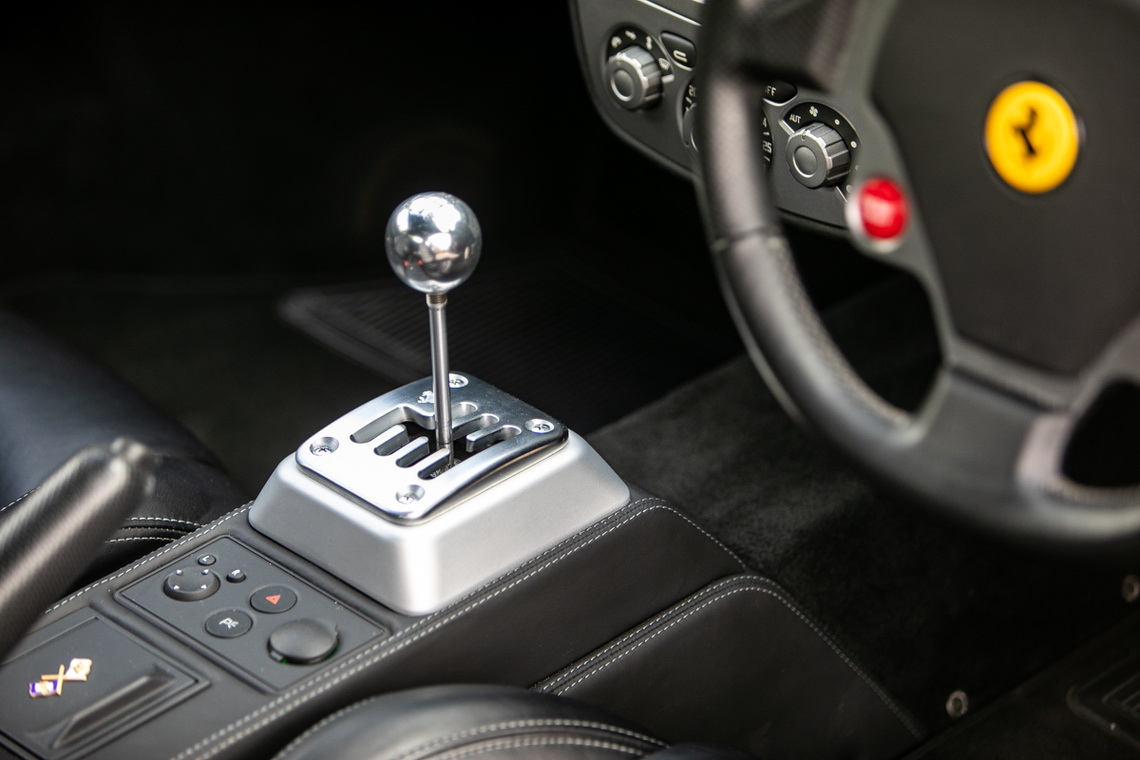Things used to be pretty simple in the good old days. Gearboxes would be either four- or five-speed manuals, or three- or four-speed autos — perhaps a five-speed auto for something fancy. Then the six-speed manuals came, making for a great statistic on the spec sheets we pored over as kids.
Fast forwards to this decade, and sitting behind the wheel of a 10-speed Ford Ranger Raptor, I was left bemused at the industry’s fascination with adding extra speeds. Because, although it sounds great in a sales brochure, the 10-speed box in said Ranger was clumsy and soul-sucking, leaving me, the driver, feeling alienated from the experience.
So why exactly do manufacturers keep adding gears to their cars? Well, it has a lot to do with performance and fuel economy. Assuming you know the basics of why cars need gears (if you don’t, the video by Donut Media does an excellent job of laying it out), it won’t surprise you that it’s done in the pursuit of power and fuel economy.
In simple terms, adding more overdrive gears means that an engine can cruise at a lower speed. When the motor turns at less speed, less fuel is needed, and thus, fuel economy is improved.
Read: We Want To Know Which You Like More: Turbos, Revs Or Cubes?
Conversely, sometimes when engineers add more gears to a box, they’re not just adding higher gears, but are sometimes adding ratios “in-between” traditional speeds. By having more ratios closer together, you, in theory, get the ability to harness your engine’s output more effectively, keeping the revs within their optimum range to deliver peak power.
Of course, it’s not as simple as just adding more gears to achieve faster and more fuel-efficient vehicles. Other factors have to be considered, too, including size, weight, rotational mass, cost, and complexity. And with more gears, it takes more time to shift through them all, which can cancel out the performance gains.
Some gearboxes, like the ZF 8HP auto, found in everything from a BMW 1-Series to an Aston Martin Vanquish, find a sweet spot by using fewer gearsets to achieve more ratios. This means less rotational mess and less time needed to shift through the gears.
While we’re probably going to see a few more expanded ratio boxes in the future, the days of many speeds may well be numbered, as with linear torque curves, electric vehicles just don’t need them. So maybe we should just hold on to those multiple ratios while we still can, eh?





